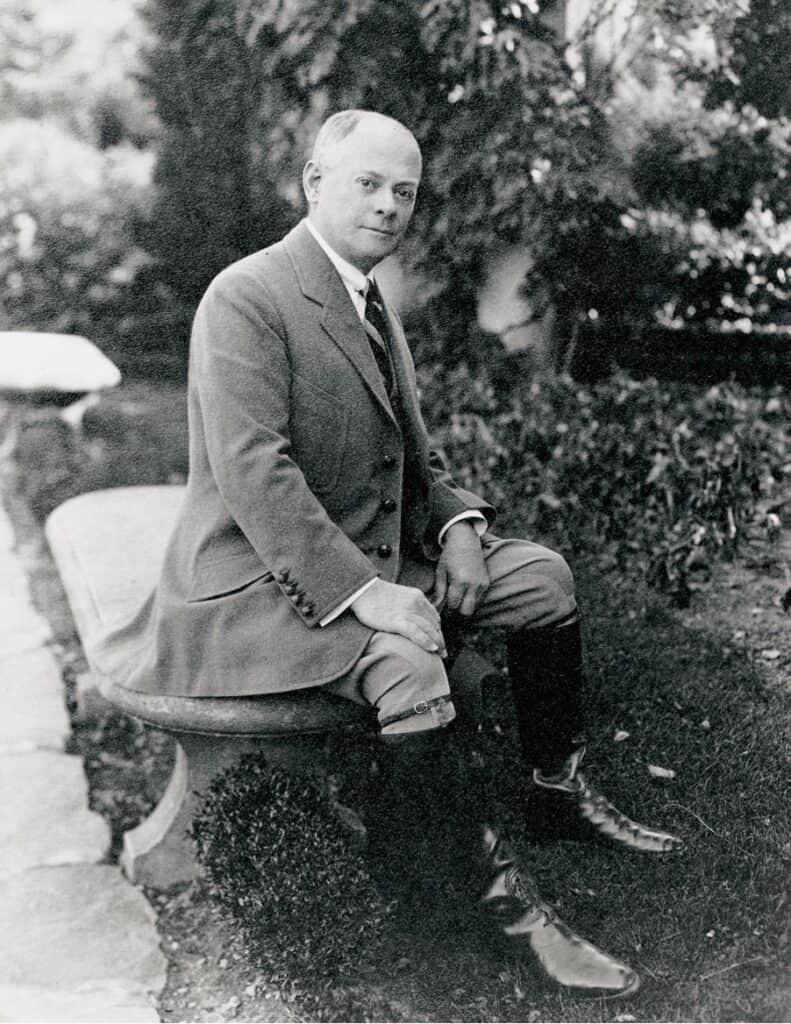A series of features to look at what drives a collector to collect? How do they go about seeking out items they want for their collection? In this new series, we look back through time to highlight the greatest collectors of all time and showcase their particular area and passion for collecting.
Henry Graves Jr. (1868–1953) was a prominent American banker and art collector, most famous for his passion for collecting timepieces. He is best known for commissioning some of the most complex and innovative watches ever made, including the Patek Philippe Henry Graves Supercomplication, considered one of the most significant and expensive timepieces in horological history.
Graves was born on the 11th of March 1868 in Orange, New Jersey, in the United States of America. The Graves family was a prominent and wealthy banking family. His father, Henry Graves Sr. (1838–1906), was a co-founder and partner in the Maxwell & Graves banking firm. They which engaged in the railroad and financial services industries and Henry Graves, Jr. continued the family legacy of financial services expertise as an investment banker.
The company operates today under the name M&G Solutions which was founded by the great-great-grandson of Henry Graves Jr. They use an image of the Patek Philippe Henry Graves Supercomplication in their logo signifying the ‘&’ symbol paying tribute to his relative’s interest in watches (below).

Graves was known primarily for his legendary watch collection which stemmed from his status as a wealthy financier who appreciated fine craftsmanship and luxury items. He was also an avid collector of art, reflecting his refined taste, acquiring items of significant cultural and historical value.
Henry Graves Jr.’s interest in watches stemmed from his status as a wealthy financier and art collector who appreciated fine craftsmanship and luxury items. His passion for horology was closely tied to his competitive spirit and desire for exclusivity, which led him to commission unique and complicated timepieces.
Graves came from a family of affluence, and his career as a banker gave him the means to pursue luxury hobbies. His interest in watches was particularly fuelled by his rivalry with James Ward Packard, another wealthy collector, during the early 20th century. The two engaged in a friendly competition to commission increasingly complex and exquisite watches, pushing the boundaries of horological artistry. Of the 30 known watches Graves commissioned from Patek Philippe between 1922 and 1951, 15 are known to have survived, most of them now at the Patek Philippe Museum in Geneva.
Although he owned watches from other leading manufactures including Vacheron Constantin and Audemars Piguet, we will focus on our five favourite Graves’ watches he commissioned from Patek Philippe. The collaboration with Patek Philippe, resulted in iconic creations like the Patek Philippe Henry Graves Supercomplication. This masterpiece, reputedly costing $15,000 ($775,000* today), was commissioned by Graves in 1925, and featured 24 complications, which at the time was the most complicated watch ever made. However, he had to wait 8-years to receive it, as it was finally completed in 1933. It included a perpetual calendar, sunrise and sunset times, a celestial map of New York’s night sky (that Graves could view from his New York Penthouse), and a minute repeater.
This extraordinary timepiece exemplified Graves’ passion for owning unparalleled and bespoke pieces that reflected both technical ingenuity and artistic beauty. His fascination with watches was not merely about owning expensive items but about celebrating human ingenuity and craftsmanship at its finest.
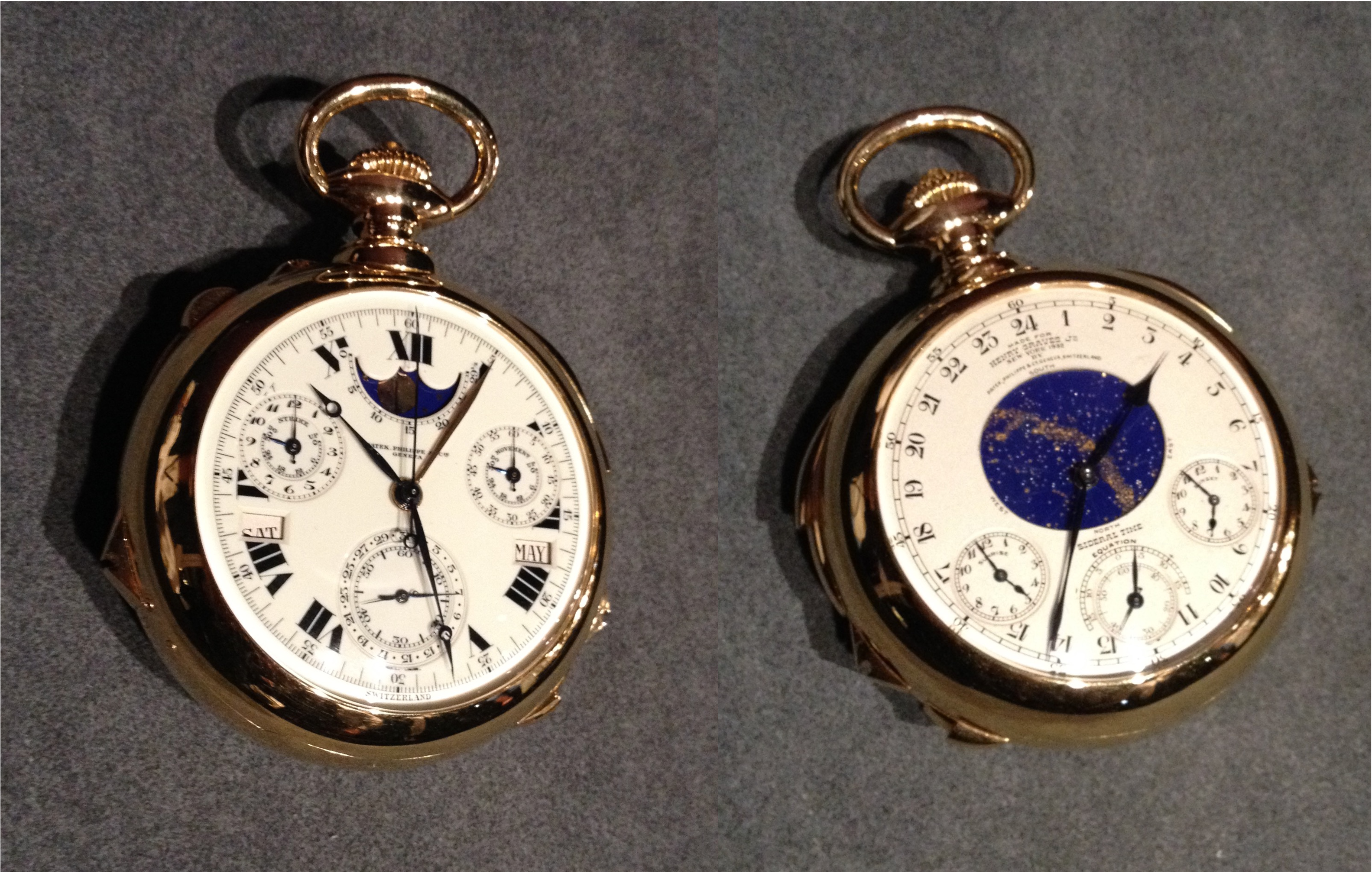
The watch sold for $24 million in 2014, making it the most expensive watch ever sold at auction. I was privileged to attend the pre-sale event at Sotheby’s in London, where the atmosphere was electric and one of sheer excitement and anticipation. We discussed the likely opening bid for the watch with the auctioneer and settled on $9 million. As it turned out it opened at $10 million, so we weren’t too far out.
The final price more than doubled from the last time it was sold at auction in 1999. The watch achieved a record-breaking $11 million and was purchased by a member of the Qatari Royal family, Sheikh Saud bin Muhammed Al Thani.
Although Graves was known primarily for his legendary watch collection, he was also an avid art collector. His art holdings reflected his refined taste and substantial wealth, which enabled him to acquire pieces of significant cultural and historical value.
Highlights of his collection included paintings by European Masters, particularly from the 18th and 19th centuries. This included portraits, landscapes, and genre paintings that were popular among wealthy collectors of his era. He also collected American Art and had an interest in supporting and acquiring works by American artists. His collection is said to have included works by key figures in the Hudson River School or American Impressionism, reflecting his connection to the cultural and artistic heritage of the United States.
Beyond traditional paintings, Graves collected decorative arts such as fine furniture, silverware, and porcelain. These items were consistent with the lifestyle of the wealthy upper classes in the early 20th century. He was also an admirer of prints and drawings from notable artists, particularly as these forms of art were sought after by serious collectors who appreciated technical skill and detail.
His collection included an engraving titled Adam and Eve by German artist Albrecht Dürer (1471–1528) completed in 1504 (below). This sold for $10,000 ($600,000* today) in the 1936 auction by the Anderson Galleries, Inc., which evolved into Sotheby’s. Given this image is only around 10 x 8 inches in size, that is an impressive sum.
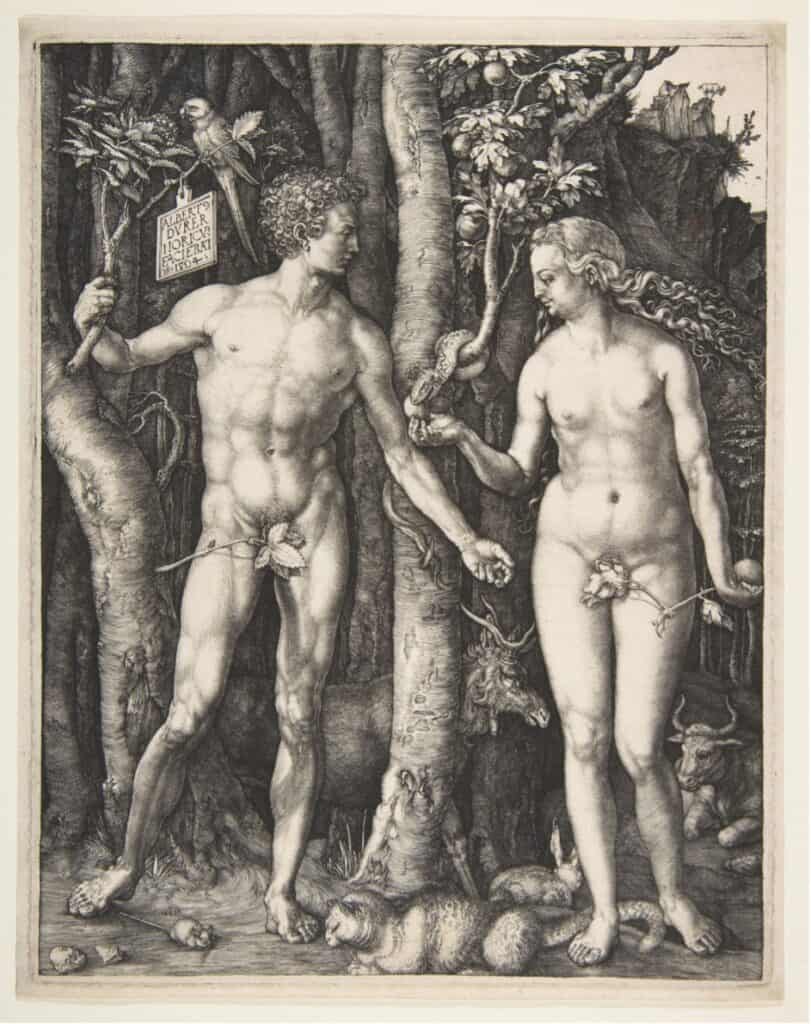
Graves’ collection showcased his appreciation for craftsmanship and beauty, like his passion for complicated watches. His commitment to acquiring the finest examples of art and design mirrored his desire for the rare and extraordinary in all aspects of his life. While his watch collection is more extensively documented, his art collection would have been equally reflective of his status as a connoisseur of luxury and culture.
He was likely introduced to Patek Philippe through his interest in fine horology and the social circles of wealthy collectors in the late 19th and early 20th centuries. At the time, Patek Philippe was already renowned for its craftsmanship and innovation in watchmaking, attracting affluent clients seeking bespoke, high-quality timepieces. By the early 20th century, watch collecting had become a status symbol among the elite. Graves, with his appreciation for fine craftsmanship, naturally gravitated toward the best watchmakers, including Patek Philippe.
Patek Philippe’s reputation for creating custom, high-complication watches would have appealed to Graves’ competitive spirit, particularly as he sought to outdo fellow collector James Ward Packard (more to come on that in the next feature).
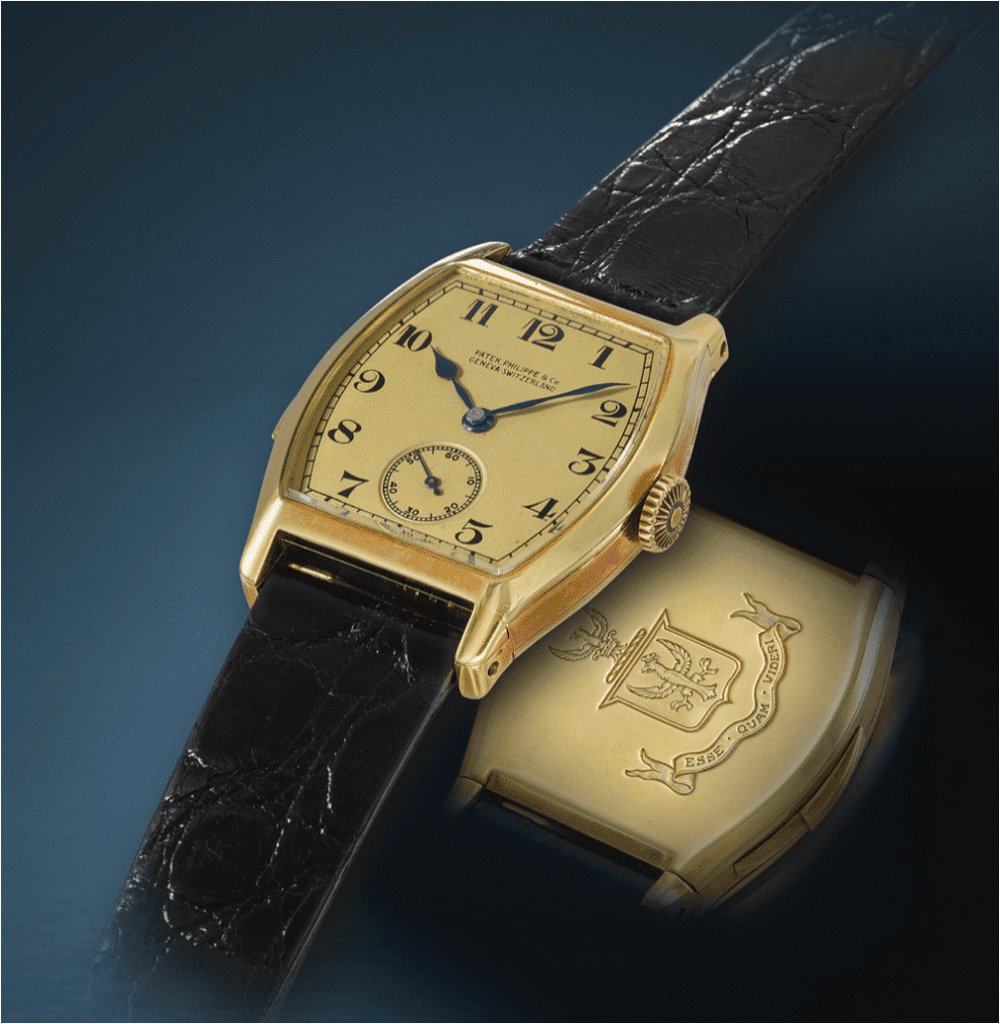
One of Graves’ earliest commissions for Patek Philippe was a highly personalised yellow-gold tonneau-shaped minute-repeating wristwatch (above), which records show that was acquired on the 16th of June 1928. Not only was this Graves’ first Patek Philippe wristwatch, but it’s also thought to have been the first minute-repeating wristwatch made by Patek Philippe. At around 40mm long, the gold watch was large, even by today’s standards, while the sound of the minute-repeating mechanism was enhanced by the relative softness and malleability of the gold. It was engraved with the Graves family coat-of-arms on the reverse.
The stunning timepiece was signed Patek Philippe & Co., Geneva, Switzerland, movement no. 97,589, case no. 605,759, the movement manufactured in 1895, the case manufactured in 1927, sold for $5 million at Christie’s in November 2019.
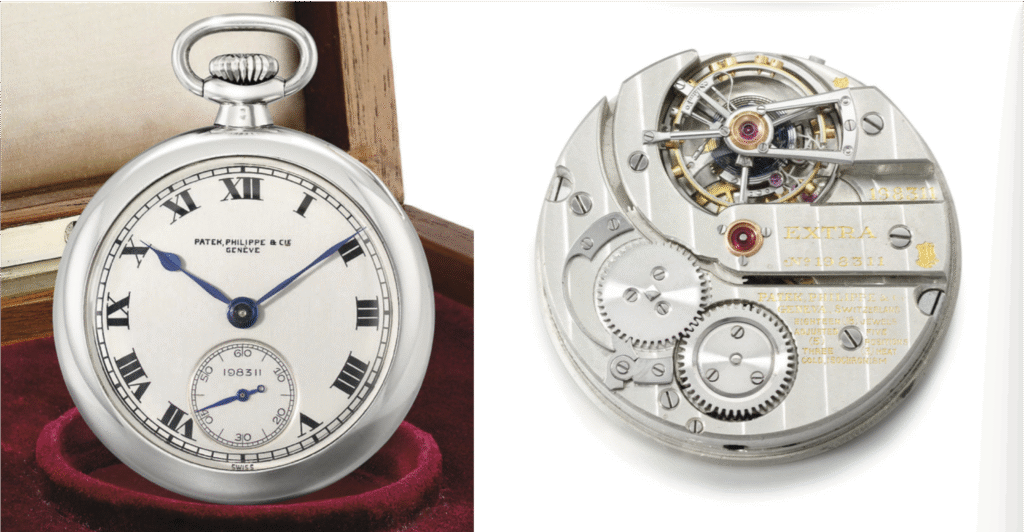
I am a huge fan and collector of pocket watches, and the tourbillion commissioned by Graves’ in 1932 is stunning. The exceptional and unique platinum open-faced 48 mm pocket watch has a one-minute tourbillon watch with Guillaume balance, has a bespoke fitted wooden presentation box and Bulletin d’Observatoire. The watch is signed Patek Philippe & Co., Genève, Made for Henry Graves Jr., New York, movement no. 198,311, case no. 417,380, was delivered in 1935. It also includes the inscription Awarded First Price Geneva Astronomical Observatory Timing Contest 1933-1934 Points 872. The Graves family crest is engraved on the case back. It achieved $930k when sold at Christie’s in November 2008.
It wasn’t just watches that Graves collected as according to the Patek Philippe Museum, he bought a Marine Chronometer with Spring Detent Escapement which was delivered to Tiffany & Co, New York in October 1928 (below).
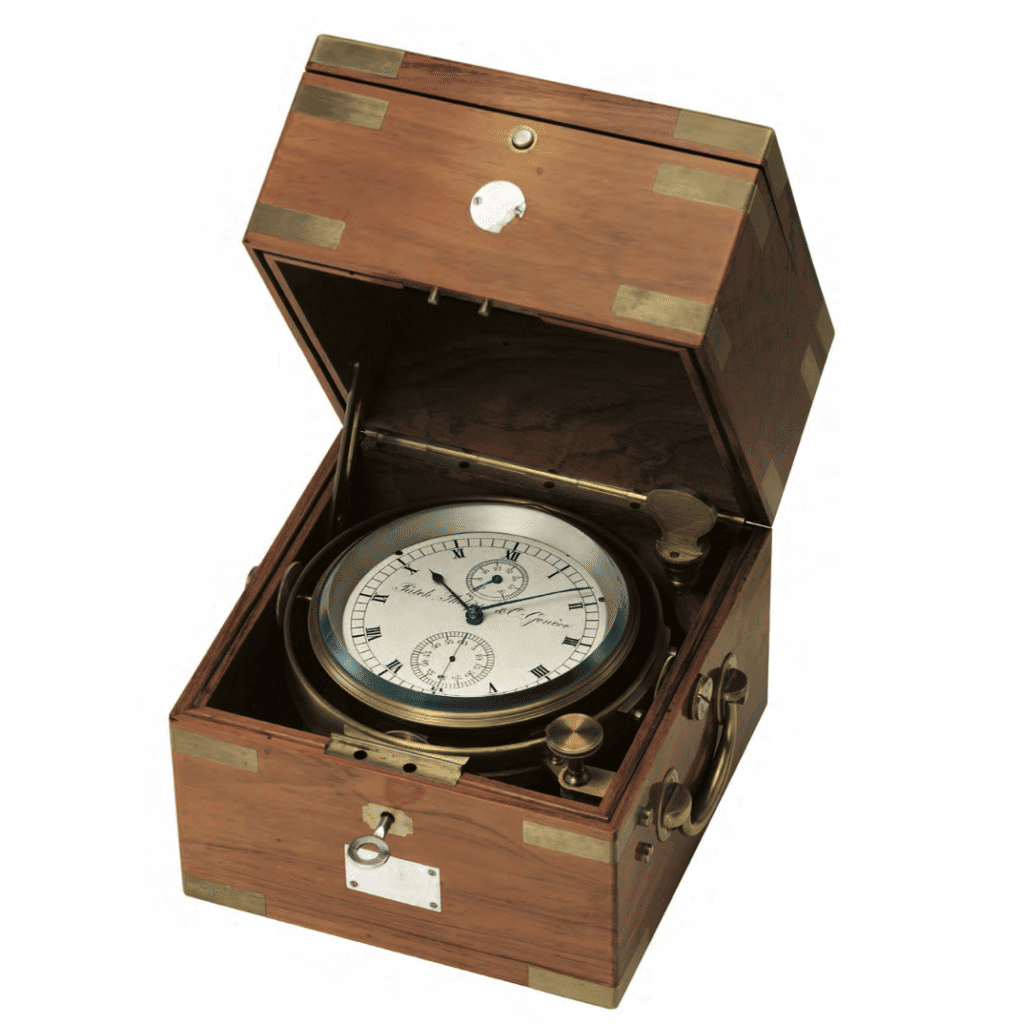
Patek Philippe appears to have made only two marine chronometers: the other known chronometer, No. 198,064, dates from 1926 –1928. This stunning example is cased in a rectangular three-body mahogany box with hinges, brass fittings and carrying handles. There are two ivory plaques on the front, a glazed upper portion, brass gimbals and
silvered metal dial with painted Roman numerals. There is a subsidiary second’s dial at 6 o’clock, blued steel Poire hands, blued steel counterpoised second’s hand.
The movement, ebauche No. 6567, was probably made by Victor Kullberg, one of London’s most famous and well-respected chronometer and watch manufacturers. It has a fusee and chain and auxiliary spring, spring detent escapement, compensation balance with brass timing screws and brass and steel bars, there is an isochronous helical balance spring with terminal curves, diamond endstone.
Perhaps one of my favourite watches in the Graves’ collection is this wonderful Grande and Petite Sonnerie Pocket Watch made for him by Patek Philippe in commissioned in 1926.
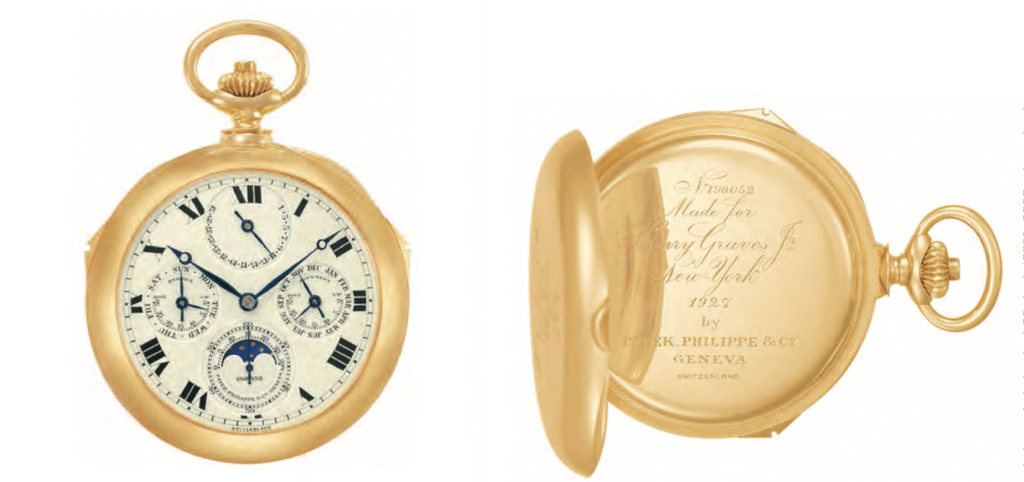
The open-faced gold pocket watch has stem winding and setting, with eleven complications including minute repeating on three gongs, by a pusher (activated by the pushpiece on the winding crown), Grande sonnerie, Petite sonnerie, perpetual calendar, retrograde date (sector at 12 o’clock), Day of the week (subsidiary dial at 9 o’clock; in English), Month (sector at 3 o’clock; in English), Age and phases of the moon (subsidiary dial, graduated from 0 to 29 1⁄2, aperture at 6 o’clock), Power reserve indication for the going train (sector at 3 o’clock), Power reserve indication for the striking train (sector at 9 o’clock), twin barrel with differential winding. The watch was delivered in March 1928, to Tiffany & Co., New York where it was purchased by Graves.
The original preliminary drawing of the watch – Movement No. 198,052; Order No. 3357, was signed and approved by Henry Graves (below). This gives a superb insight into the mind of Graves and what he loved best about collecting, namely, being involved at the beginning of the design and deciding the complications included.
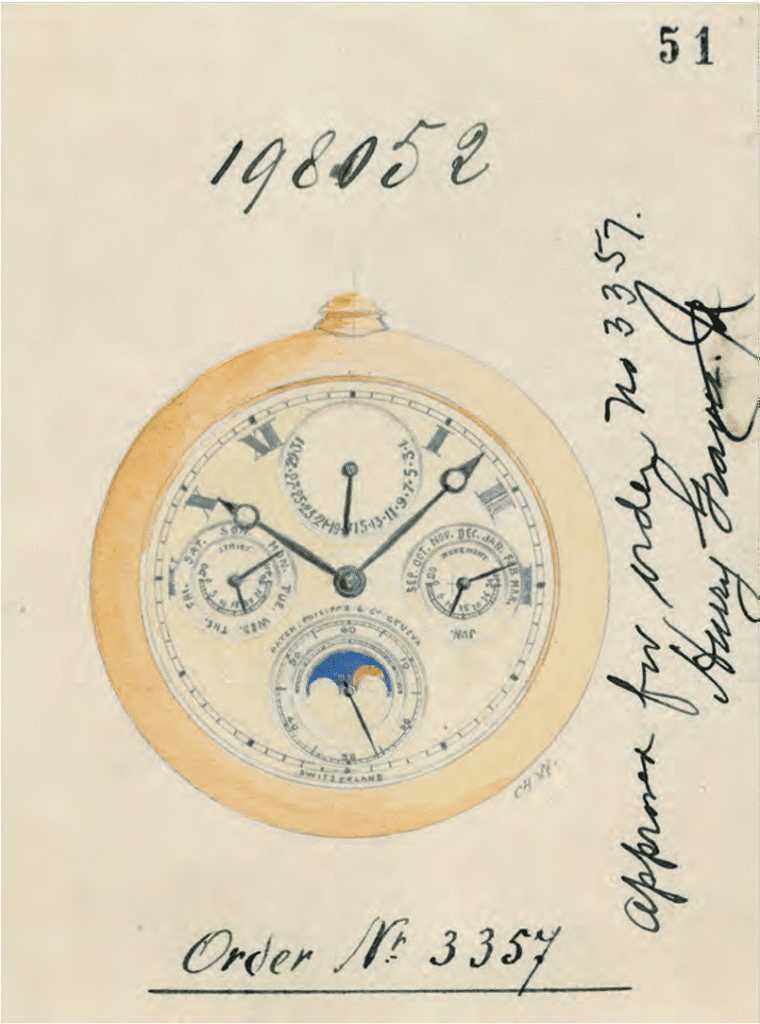
Henry Graves Jr.’s collection was not only a symbol of his immense wealth but also a reflection of his deep appreciation and love for horology. His patronage of Patek Philippe helped to keep it afloat after the Wall Street Crash of 1929. It went on to enhance and elevate the brand’s reputation for creating the most innovative and luxurious watches of the 20th century. Many of his watches are now regarded as treasures of watchmaking history, often appearing at auctions and in museums.
Graves remains an enigmatic figure despite his fame as a financier, art collector, and watch enthusiast. He left few personal writings or accounts about his passions, beliefs, or philosophies, making it difficult to understand his character beyond his material pursuits. While his legacy is tied to his extraordinary commissions from Patek Philippe, many details of his life remain obscure or underexplored. What we do know is that he was relentless in his pursuit of the ultimate timepieces of the age which remain timeless.
* Figure based on the Bank of England Inflation Calculator
Hero Image: Henry Graves Jr. (1868–1953). Image courtesy of Sotheby’s
The next in the series The Greatest Collectors of All Time is now available on Worn & Wound.


